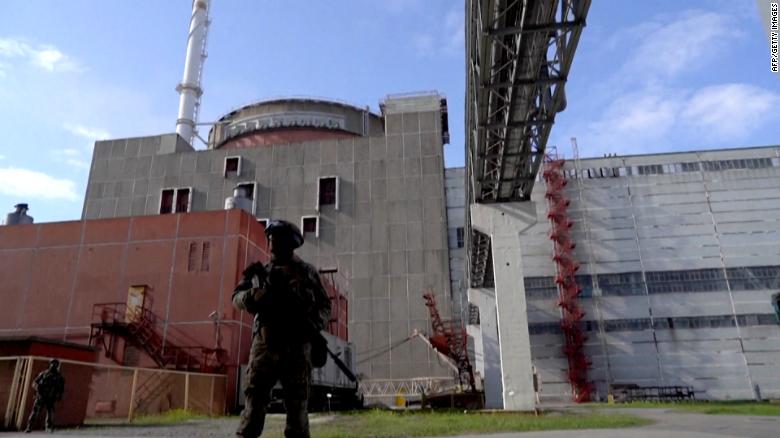

- Visualize risk driver#
- Visualize risk registration#
- Visualize risk iso#
Weaknesses (holes) are either built-in or appear under failure. The cheese slices represent risk controls, which could be physical (equipment) or procedural (process or behavior). This is illustrated in Figure 2 by the Swiss cheese model developed by James Reason. The route from cause to effect (“consequence”) is therefore not direct, because the path is blocked. Controls should be in place to prevent the liquid release-loss of control or containment (“event” or “top event”)-or to mitigate the effects of any release. When a cause (“threat”) occurs, a fire or explosion is not guaranteed to happen immediately. It summarizes and communicates the health (effectiveness) and importance (criticality) of these safeguards to encourage more informed and objective decision-making.Ĭonsider the simple representation shown in Figure 1. The bowtie enhances understanding of industry-specific scenarios and provides clear indication that the safeguards (risk-control measures) are in place and performing.
Visualize risk driver#
Finally, patient safety is a key driver for quality and reputation-particularly in the age of social media, where bad news travels fast. Failure to operate and maintain a plant properly can also result in costly downtime and equipment repair or replacement. The uncontrolled release of intermediate/final products, cleaning materials, and utilities is another hazard that can significantly damage the local or wider environment.

The 2012 incident at Neptune Wellness Solutions (formerly Neptune Technologies and Bioresources Inc) showed that on-site fatalities are possible.
2International Organization for Standardization: “ISO 31000: 2009-Risk management-Principles and Guidelines.” ApplicationĪlthough the number and nature of materials processed in the pharmaceutical and life sciences industries differ significantly from those in the oil and gas field, both use hazardous, flammable, and toxic fluids. leadmin/Public_Web_Site/ICH_Products/Guidelines/Quality/Q9/Step4/Q9_Guideline.pdf “Quality Risk Management: Q9.” 9 November 2005. 
Visualize risk registration#
1 International Conference on Harmonisation of Technical Requirements for Registration of Pharmaceuticals for Human Use. Together, these form a connected diagram that make relationships more obvious and provide a clear “line of sight” between causes (faults or failures) and effects.Īt a high level, the bowtie for a hazard could look like Figure 1. In the last decade, the bowtie method spread to the aviation, mining, maritime, chemical, and health care industries, to name a few.īowtie was created by merging two existing risk-analysis tools: fault trees, which illustrated the potential for multiple faults to lead to a single failure, and event trees, which illustrated the different effects that could be predicted from a single event. Shell’s primary motivation was the necessity of ensuring that appropriate risk barriers were in place throughout all worldwide operations.įollowing Shell, the bowtie method rapidly gained support in the oil and gas industry, as the diagrams helped visualize oversight of risk-management practices. Shell conducted extensive research in the application of the bowtie method and developed strict rules for the definition of all parts, based on their best practices. In the early 1990s, the Royal Dutch Shell Group adopted the bowtie method as the company standard for analyzing and managing risk. How and when the bowtie analysis originated is not completely clear, but the first bowtie diagrams appeared during a lecture on hazard analysis given at the University of Queensland, Australia, in 1979. It’s also often a challenge to involve all stakeholders.īowtie analysis offers a simple but effective method to visualize risk and show that hazards are under control. These can very be difficult to interpret, however, and problematic to implement. Safety, environmental concerns, quality, and asset management are not new topics, and proven standards exist to guide duty holders through their obligations. In the pharmaceutical industry, examples of hazards include flammable solvents or dust, and quality failures that lead to material reprocessing or rejection. Hazards (assets or activities with the potential to cause adverse effects) exist and must be contained or controlled to avoid undesirable outcomes, particularly those that are unexpected. Visualize risk iso#
ISO 31000 offers a broader definition of risk as the “effect of uncertainty on objectives.” 2 ICH Q9 defines risk as “he combination of the probability of occurrence of harm and the severity of that harm,” and defines harm as “amage to health, including the damage that can occur from loss of product quality or availability.” 1







 0 kommentar(er)
0 kommentar(er)
